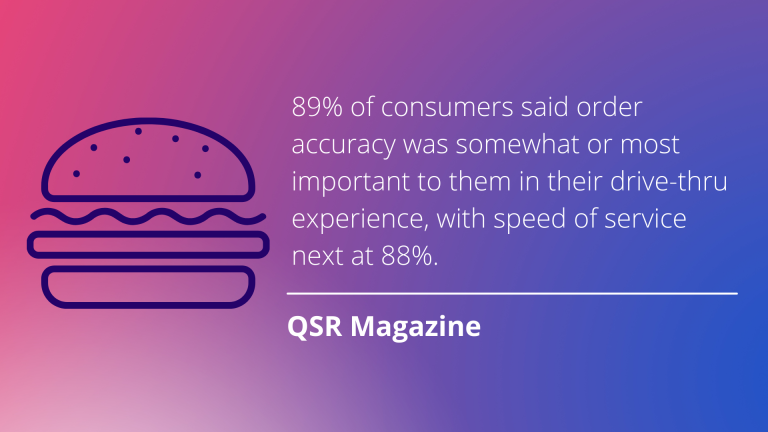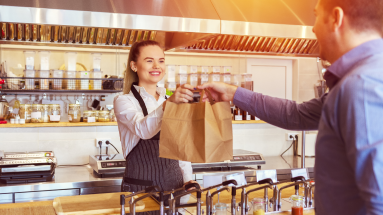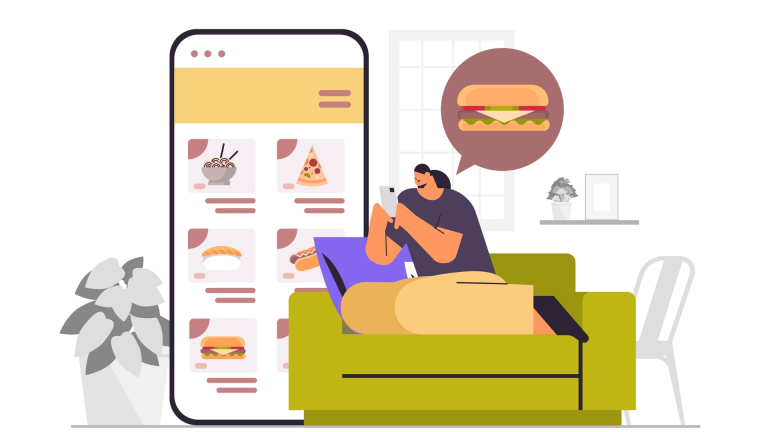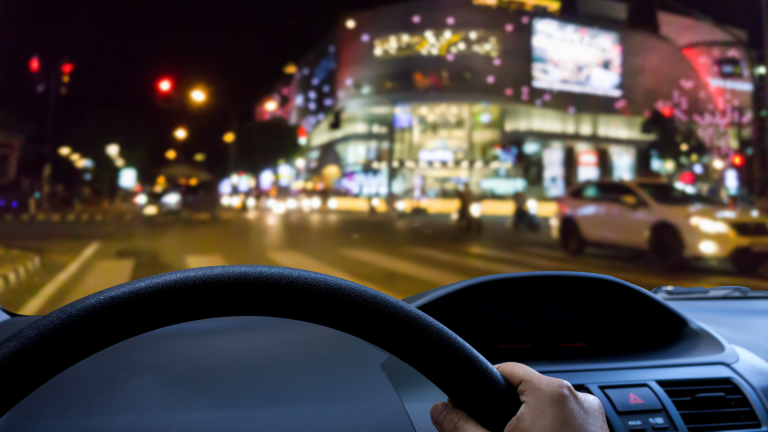The restaurant industry is constantly evolving, with new trends and technologies popping up all the time. If you’re a restaurant owner, it’s important to stay up-to-date on the latest trends so that you can shape your business accordingly and continue to succeed.
So, what are the biggest trends in the restaurant industry for 2022?
Keep reading to find out!
Kitchen Automation will Take Center Stage
The covid 19 pandemic has changed people’s eating patterns. Rather than going out to dine, more and more people prefer to order in. This has introduced an ever-growing demand for at home food delivery and takeout services.
By automating certain tasks in the kitchen, restaurants can speed up the cooking process and get food to their customers faster. This translates into faster customer service, less dependence on staff, and higher profits for the restaurant.
Some of the kitchen automation trends we can expect to see in 2022 include:
- autonomous robot chefs
- intelligent ovens
- Intelligent stoves
- self-cleaning kitchens
Invest in Labor-Saving Technology
Restaurant operators have been struggling to find and retain employees for years. The pandemic has only made this worse, as many people are unwilling or unable to work in close proximity to others.
In order to combat this issue, we can expect to see more restaurants invest in labor-saving technology. This includes things like self-service ordering kiosks, mobile ordering apps, table management software, and voice assistants to automate direct phone orders as well as drive-in and drive-thru ordering.
In fact, SoundHound recently announced a new product. It’s a voice assistant for restaurants that can do things like take orders and suggest menu items.
By using these technologies, restaurants can reallocate responsibilities appropriately, which will help lower labor costs and create an efficient working environment.
Pickup Shelves will Replace Curbside Pickup Services
In recent years, many restaurants have introduced curbside pickup services to cater to customers who want their food without having to leave their cars. However, this service is not without its drawbacks.
- It requires customers to place their orders in advance, which can be inconvenient.
- It often leads to long lines of cars waiting to pick up their food.
To solve these problems, we expect to see a growing number of restaurants using pickup shelves instead of curbside pickup services.
Pickup shelves are similar to the drive-thru window but allow customers to grab their food and go without having to wait in line. This will save time for both customers and restaurant staff, making the dining experience more efficient and enjoyable.
Digital Channels will Play a Key Role in Direct Food Orders
The pandemic has accelerated the trend of customers ordering food directly from restaurants, rather than through third-party delivery apps. This is because many people are concerned about fees they would incur by using digital ordering services and potentially having to wait longer for their food when ordering through a third-party app.
As a result of this, we can expect to see more focus on direct ordering. This means that restauranteurs will invest in their own delivery services or partner with existing delivery companies.
We can also expect to see more restaurants investing in technology that will allow customers to place orders directly through their website, mobile app, and even through automated phone ordering via voice assistants.
The experience of dining out is not just an opportunity to eat good food, but also provides the chance for people who enjoy one another’s company and conversation.
Restaurants have always played an important role in our social lives. They provide a place for people to meet and connect with others. Restaurants also often support local businesses and charities. They also provide employment opportunities for many people.
As a result of all this, we can expect to see the restaurant industry continue to focus on community in the future. This means that we will see more restaurants getting involved in local events and initiatives.
With more and more people wanting to eat healthier and turning vegan, we can expect to see a focus on plant-based menu items in the future. At this point, failing to provide plant-based options results in losing out on a business opportunity.
This trend is already starting to emerge, with many restaurants offering vegan and vegetarian options. In fact, leading fast food outlets such as McDonald’s and Burger King have started offering vegan options. In addition, some restaurants are even starting to experiment with meatless meats.
Apart from environmental concerns, a plant-based diet is becoming more popular because it is often perceived as being healthier. This grows the customer base for plant-based products.
Health and Safety will Become Key to a Restaurant’s Growth
The pandemic has forced many restaurants to reevaluate their health and safety protocols. As a result, we can expect to see a continued focus on this in the future.
This means that restaurants will continue to invest in things like touchless ordering and contactless payment systems. As per a recent study, 94% of restaurants provide contactless payment options. In addition, we can expect to see more restaurants implementing stricter cleaning and sanitization procedures.
Finally, we can expect to see more restaurants requiring employees to get vaccinated against the flu and other diseases.
Supply Chain and Labor Disruptions will Drive more Simplification and Efficiency
As you know the restaurant industry has faced significant challenges in the last couple of years. Supply chain disruptions and labor shortages have forced many restaurants to simplify their menus and operations in order to stay afloat. The need for speed has also increased, as customers demand faster turnaround times.
In order to meet these challenges, restaurants will need to become more efficient and streamlined. This may mean investing in new technology, such as automated ordering systems, and streamlining back-of-house operations. Simplification will be key to survival in the coming months.
The pandemic has also highlighted the importance of delivery and takeout options. Many restaurants that did not offer these options before the pandemic have had to pivot in order to stay afloat. In the future, delivery and takeout are likely to become even more important as customers continue to seek convenience.
Smart Technology Used to Manage Labor Shortage
The pandemic has resulted in a labor shortage for many restaurants. This is likely to continue in the future, which means that restaurants will need to find ways to manage with less staff.
One way to do this is by investing in restaurant technology. This can help to automate tasks and reduce the need for manual labor. In addition, it can also help to improve communication and coordination between employees.
For example, some restaurants are already using technology to manage their kitchen operations. This includes things like automating the cooking process and using sensors to track food inventory.
Voice assistants, in particular, are becoming increasingly popular, with people using them to do everything from checking the weather to ordering a pizza. Automating your restaurant’s phone and drive-thru ordering with voice assistant technology is a great way to make life easier for your customers and employees.
There are a few different ways you can go about setting up voice-activated ordering at your restaurant. You can use a service like Google Voice or Amazon Alexa to create an ordering system that customers can interact with using their voice. Or, you can integrate a voice AI ordering system that is specifically built for restaurants.
We can also expect to see more restaurants use mobile apps to manage their operations. These apps can help with things like employee scheduling and customer loyalty programs.
Restaurants will Focus on Building Deep Customer Loyalty
Customer retention has gained a new significance post-pandemic. As the hospitality industry took a hit during COVID, it’s critical for restaurants to ensure that their customers keep coming back. In order to build loyalty, restaurants are rethinking their experiences.
This means that we can expect to see more restaurants focus on things like personalization, customization, and convenience. In addition, we can expect to see more restaurants offer loyalty programs and rewards.
The COVID-19 pandemic has forced restaurants to reevaluate the way they operate, and one of the most significant changes we’ve seen is the shift to contactless ordering and delivery.
There are a number of reasons why this trend is here to stay, even after the pandemic ends.
- Contactless ordering is more convenient for both customers and staff. It’s also more efficient since it eliminates the need for customers to wait in line to place their orders.
- Contactless ordering helps to address concerns about safety and hygiene. By eliminating physical contact between customers and staff, restaurants can help to mitigate the spread of disease.
- Contactless ordering and delivery are simply more efficient. They help to streamline the ordering process and cut down on wait times, which can improve the customer experience.
In short, there are a number of reasons why contactless ordering and delivery are here to stay. They’re convenient, efficient, and safe, and they can help to improve the customer experience. We expect that more and more restaurants will adopt these methods in the coming years.
Restaurants will Continue to Diversify Revenue Streams
The restaurant industry has always been tough, with slim profit margins and intense competition. But in recent years, the industry has faced even more challenges, from the rise of delivery apps to the increasing cost of labor.
In response to these challenges, many restaurants have started to diversify their revenue streams. This could involve anything from offering catering services to selling merchandise.
Diversifying your revenue stream can be a great way to offset some of the risks inherent in the restaurant business. It can also help you to boost your profits and reach new customers. We expect that more restaurants will start to diversify their revenue streams in the coming years.
Third-Party Delivery Services Lose Market Share to Restaurant-Owned Delivery Services.
While third-party delivery services like Uber Eats and Grubhub have been growing in popularity in recent years, we expect this trend to reverse course in the next few years.
As labor costs continue to rise, restaurants will increasingly look to cut costs by owning and operating their own delivery services. This will allow them to better control the quality of the food and the delivery experience, while also saving on labor costs.
We expect to see a growing number of restaurants launching their own delivery services in the coming years, as they look to gain a competitive edge in the marketplace.
Restaurants will Continue Providing Competitive Wages.
The pandemic has put a lot of financial pressure on many people. Compared to pre-pandemic, the restaurant business has experienced lower wages and higher attrition rates. This has made regular staffing an issue affecting restaurant sales. In order to retain and attract talent, restaurants will have to offer higher wages.
As a result, we can expect to see more restaurants provide wage increases and other benefits to their employees such as health insurance. In turn, restaurant operators will want their employees to focus on higher-level tasks such as customer service and employ automation solutions to gain efficiency in other areas.
Grow Your Restaurant with SoundHound
The restaurant industry is constantly changing. Trust us, you are not the only ones struggling to keep up. This is why we are here to help.
SoundHound provides voice assistant services for restaurants to automate the ordering process, with solutions across direct phone orders as well drive-in and drive-thru. Our product helps increase labor efficiency by maximizing sales while addressing one of today’s most pressing challenges—a shortage in kitchen staff.







